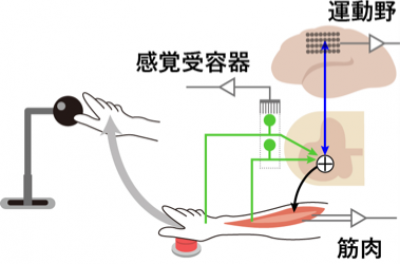UMASS Amherstの社会心理学者が驚く研究結果 Research findings surprise UMass Amherst social psychologists
2022-11-25 マサチューセッツ大学アマースト校
ハーバード大学のProject Implicitの一環として、2003年から2018年の間に、高齢者に対する態度を測定するために、明示的偏見を報告し、暗黙的偏見テストを受けた100万人以上のアメリカ人のデータを分析した。研究者たちは、明示的バイアスの質問に対する回答を調べた。あなたは、若い大人と比較して、どの程度、年上の人を好みますか?選択肢は1(「高齢者を強く好む」)から7(「若年者を強く好む」)までの範囲であった。さらに、暗黙の関連性テストにより、個人の暗黙の年齢バイアス・スコアも入手できた。また、参加者の居住地である米国の郡も入手可能であった。
このデータをもとに、研究チームは、住民がどの程度高齢者を好むかについて、郡レベルの集計を行った。そして、そのデータを、米国疾病対策予防センターのデータベースから得た、その郡の65歳以上の死亡率と関連づけた。明示的な高齢者偏見が強い郡ほど死亡率が低く、人口10万人あたりの死亡者数は87.67人少なかった。一方、暗黙の偏りは死亡率とは関連がなかった。
明示的な年齢偏向と死亡率の関連は、人口が若い地域でのみ明らかになったが、地域の民族構成には依存しなかった。
明示的な年齢の偏りが大きい地域ほど、運動率が高く、健康全般が良好で、精神的に健康である日数が多かった。
<関連情報>
- https://www.umass.edu/news/article/older-adults-live-longer-counties-greater-age-bias
- https://www.sciencedirect.com/science/article/abs/pii/S0277953622007559
地域レベルの年齢の偏りと高齢者死亡率 Community-level age bias and older adult mortality
Alexander J.KelloggDavid W.HancockGrace Y.ChoAllecia E.Reid
Social Science & Medicine Available online 21 November 2022
DOI:https://doi.org/10.1016/j.socscimed.2022.115449
Abstract
Rationale
As the older adult population increases, understanding the health effects of bias against older adults is increasingly important. Whether structural forms of age bias predict worse health has received limited attention.
Objective
We hypothesized that communities with greater age bias would have higher mortality among residents aged 65 and older. We expected the association to be unique to age bias, rather than general bias (i.e., sexual minority and racial bias), and that the age bias-mortality association would be strongest in predominantly White and younger communities.
Methods
Explicit and implicit attitudes toward older adults (N = 1,001,735), sexual minorities (N = 791,966), and Black Americans (N = 2,255,808) were drawn from Project Implicit. Post-stratification relative to U.S. Census demographics was executed to improve the representativeness of county-level explicit and implicit bias estimates. County older adult mortality, estimated cross-sectionally with and longitudinally relative to bias scores, served as outcomes. Models controlled for relevant county-level covariates (e.g., median age) and included all U.S. counties (N = 3142).
Results
Contrary to hypotheses but consistent with prior work, explicit age bias was cross-sectionally and longitudinally associated with lower mortality, over and above covariates and generalized community bias. The explicit age bias-lower mortality association only emerged in younger counties but did not depend on county ethnic composition. Implicit age bias was unassociated with outcomes. Post-hoc analyses supported that ageist communities may be associated with better health across the lifespan. Explicit age bias predicted lower mortality in young and middle adulthood; better mental health in middle adulthood, but not exercise or self-rated health, mediated the explicit age bias-older adult mortality association.
Conclusions
Results highlight the uniqueness of older age relative to other stigmatized identities. Further examination of the association of community-level age bias with better health may improve longevity for all communities.



